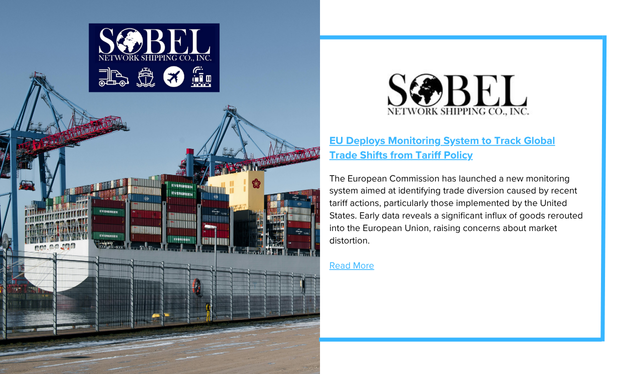The European Commission has launched a new monitoring system aimed at identifying trade diversion caused by recent tariff actions, particularly those implemented by the United States. Early data reveals a significant influx of goods rerouted into the European Union, raising concerns about market distortion.
The Commission’s first report shows sharp increases in EU imports across several sectors. Shipments of appliances and switches rose by over 60% year-over-year, with prices falling notably. Imports of industrial robots tripled, while prices dropped by more than 30%. Steel products—subject to some of the steepest U.S. tariffs—saw import volumes more than triple, accompanied by a 55% decrease in prices.
The EU is monitoring these shifts closely, particularly in response to U.S. tariffs imposed on key goods including a 50% levy on steel and aluminum, a 25% duty on automobiles, and a 10% reciprocal tariff on most other products.
Brussels is especially focused on potential diversion from Chinese exporters impacted by heightened U.S. trade restrictions. China now faces both a 10% reciprocal duty and an additional 20% border tax related to fentanyl-linked enforcement measures.
Following a recent call between U.S. President Donald Trump and Chinese President Xi Jinping—their first since Trump began his second term—EU officials remain cautious but proactive. European Commission President Ursula von der Leyen has formed a task force to assess trade diversion risks and opened dialogue with Chinese counterparts to maintain balance in the global trade ecosystem.
The monitoring system will be updated monthly using customs data and input from European industries, ensuring ongoing visibility into evolving trade patterns that could impact the region’s economic landscape.


